1. Dry Tortugas National Park, Florida
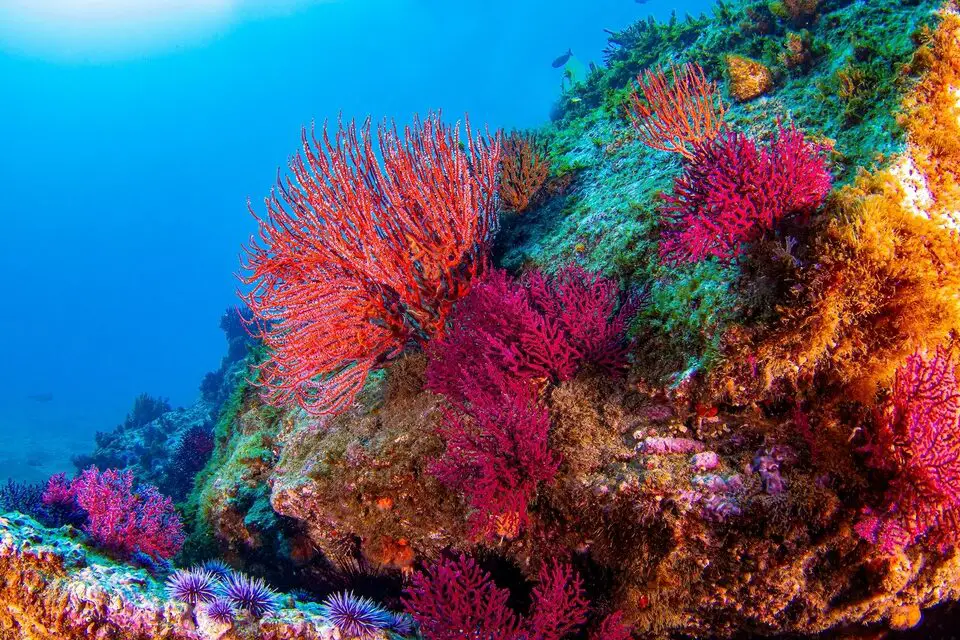
Tucked away about 70 miles west of Key West, Dry Tortugas National Park is like something out of a dream. This remote paradise is only accessible by boat or seaplane, which means it has remained largely untouched by human activity. The coral reefs here are vibrant, teeming with life, and protected within the national park’s boundaries. Unlike other reefs in Florida that have been ravaged by pollution, warming waters, and disease, the ones in Dry Tortugas are still thriving. The lack of direct human interference has allowed the ecosystem to flourish, making it one of the healthiest coral habitats in the country.
But don’t let its isolation fool you—Dry Tortugas isn’t immune to climate change. Rising ocean temperatures and stronger storms are still a threat, and conservationists are keeping a close eye on how the reefs respond. The good news? Because of its protected status and distance from major population centers, the reefs here have a fighting chance. Snorkelers and divers lucky enough to visit get a glimpse of what Florida’s reefs used to look like decades ago. If there’s one place that proves coral reefs can still thrive in the U.S., it’s here.
2. Flower Garden Banks, Texas
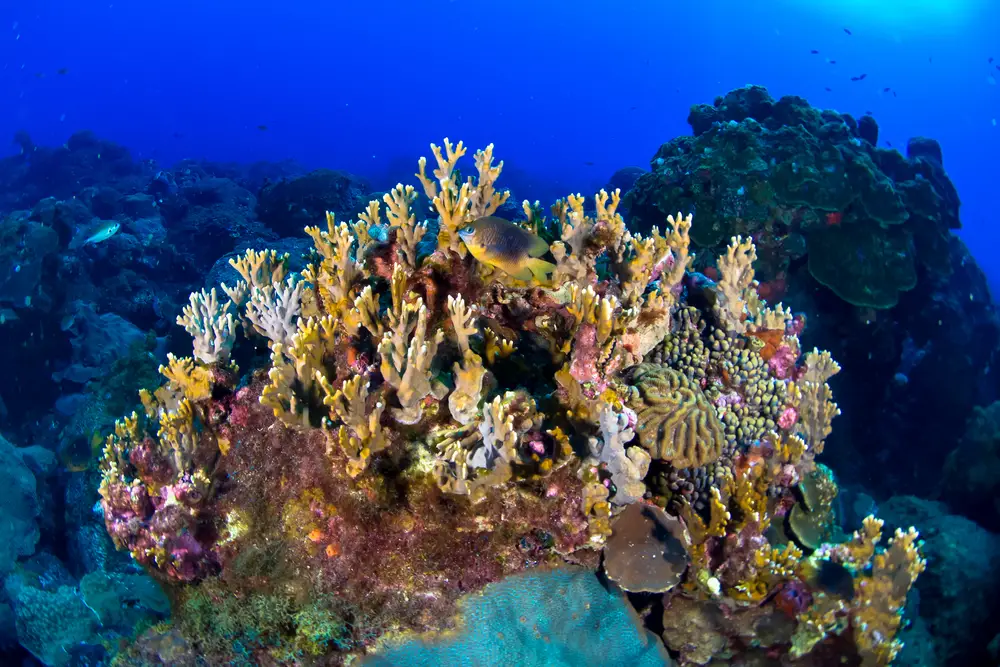
When people think of Texas, coral reefs probably aren’t the first thing that comes to mind. But about 100 miles off the coast, in the deep waters of the Gulf of Mexico, lies Flower Garden Banks National Marine Sanctuary. These reefs are some of the healthiest in the U.S., thanks to their deepwater location, which has shielded them from many of the coastal threats that have devastated other coral ecosystems. The reefs are famous for their massive boulder corals, dazzling schools of fish, and seasonal spawning events that turn the water into an explosion of color.
What makes Flower Garden Banks so special is its resilience. While other reefs in the Gulf have suffered from oil spills, agricultural runoff, and rising ocean temperatures, these reefs have held strong. Scientists attribute their survival to strong currents that keep the water clean and oxygen-rich. However, as climate change intensifies, even these reefs aren’t completely safe. Researchers are monitoring them closely, hoping to learn what makes them so resilient and how that knowledge can help save struggling reefs elsewhere.
3. Kingman Reef, Pacific Remote Islands – A Reef Few Will Ever See
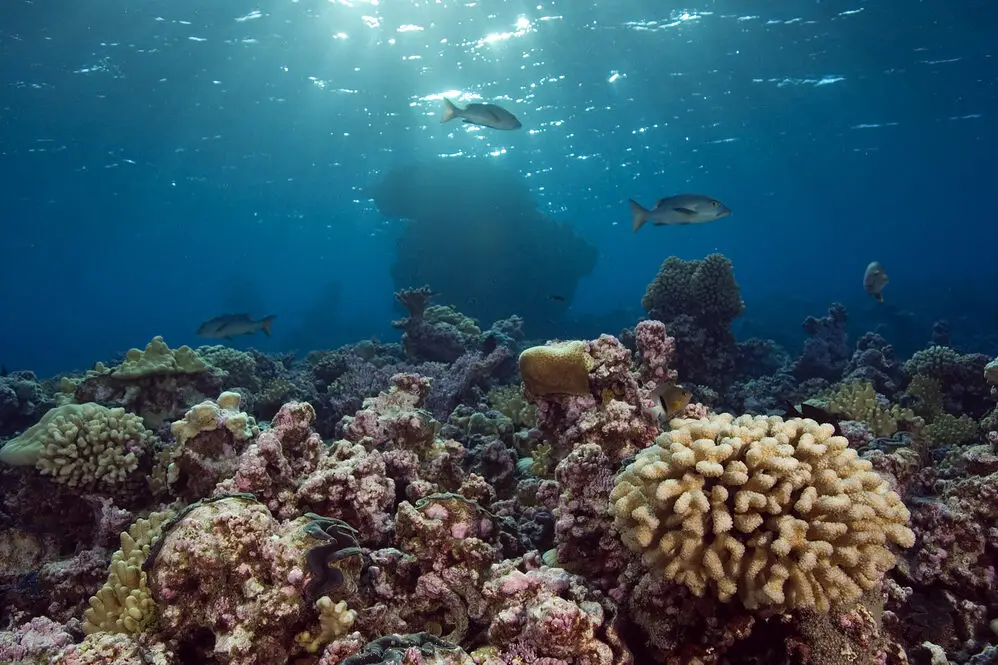
Kingman Reef is so remote that most people will never set foot anywhere near it—and that’s exactly what has kept it so pristine. Located over 1,000 miles south of Hawaii, this reef is part of the Pacific Remote Islands Marine National Monument, one of the largest marine conservation areas in the world. Because it’s far from human activity and heavily protected, its corals remain some of the healthiest on the planet. The reef is bursting with marine life, including massive schools of fish, sea turtles, and apex predators like sharks, which are a sign of a balanced ecosystem.
The best part? There’s almost no human interference here. No boats dumping pollution, no coastal developments leaking chemicals into the water—just pure, unspoiled nature. Scientists studying Kingman Reef consider it a crucial baseline for understanding what a thriving coral ecosystem should look like. While climate change is still a looming threat, the reef’s isolation gives it a better shot at survival compared to reefs in more populated areas. It’s one of the few places where coral reefs still function as they did hundreds of years ago.
4. Palmyra Atoll, Pacific Remote Islands – A Living Laboratory for Conservation

Palmyra Atoll isn’t just a beautiful coral reef—it’s also a research hub for some of the world’s leading conservation scientists. Like Kingman Reef, it’s part of the Pacific Remote Islands Marine National Monument and remains one of the least disturbed coral ecosystems in the world. The reefs here are overflowing with biodiversity, from tiny, neon-colored fish to massive manta rays gliding through the water. And because it’s so well-protected, Palmyra is one of the best places to study how healthy reefs function and what can be done to protect others that are struggling.
One of the most fascinating things about Palmyra is its ability to recover from damage. In the past, storms and bleaching events have hit the reef hard, but it has managed to bounce back—something that scientists are eager to understand. Researchers believe that the atoll’s remoteness, strong water circulation, and lack of direct human stressors play a huge role in its resilience. If we can figure out why Palmyra is so good at healing itself, it could offer hope for coral reefs everywhere.
5. Rose Atoll, American Samoa – A Tiny Reef with a Big Future
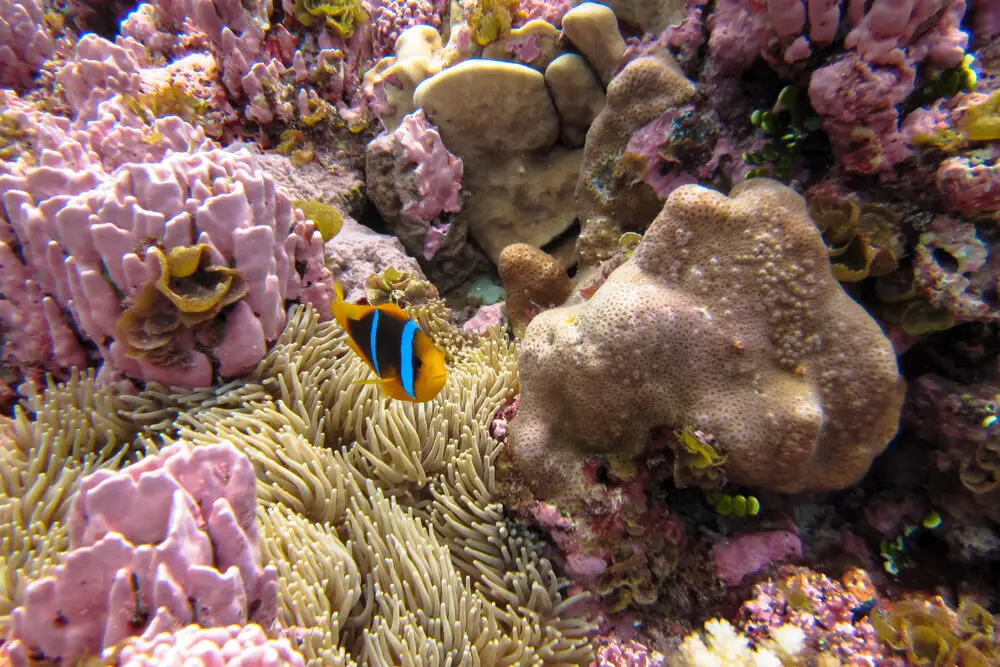
Rose Atoll may be the smallest atoll in the U.S. territories, but don’t let its size fool you—it’s one of the most spectacular coral reefs left in America. Located in American Samoa, Rose Atoll is a protected marine sanctuary known for its pink-tinged coral, caused by a unique type of red algae that thrives here. The reef is home to an incredible variety of marine species, including rare fish, nesting sea turtles, and one of the largest populations of giant clams in the Pacific.
Because Rose Atoll is a no-take marine reserve, it has been spared from the overfishing and pollution that have damaged many other reefs in the Pacific. But that doesn’t mean it’s completely safe. Like all coral reefs, it faces the growing threats of ocean acidification and warming waters. However, thanks to strict protections and careful management, Rose Atoll remains a rare example of what a thriving coral reef looks like when given the chance to exist without human interference. It’s a glimpse into what the ocean could be if we took better care of it.
6. Florida’s Coral Reef – A Once-Thriving Ecosystem on the Brink
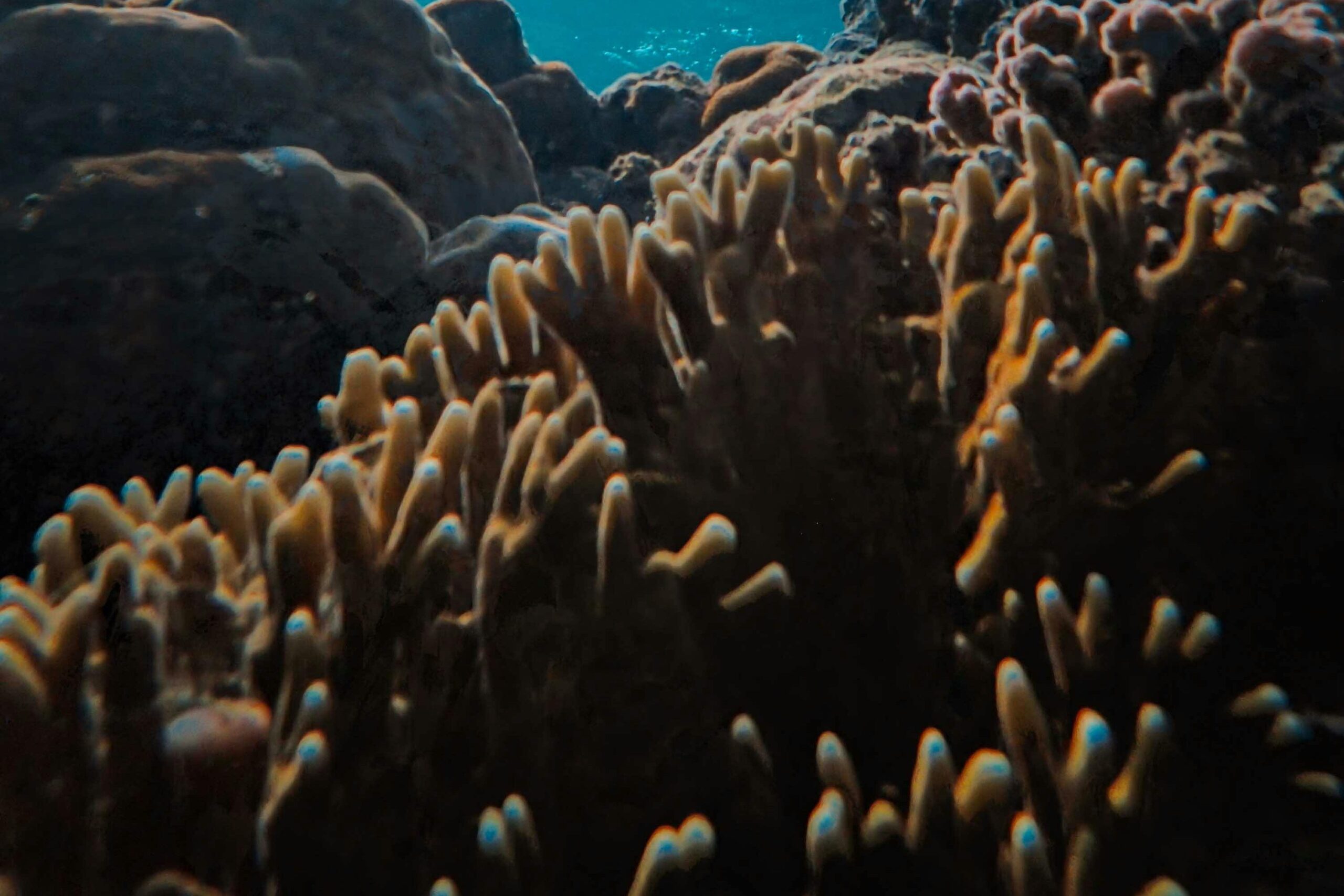
Florida’s Coral Reef, the third-largest barrier reef system in the world, was once a vibrant underwater wonderland. Stretching from the Florida Keys up to Martin County, this reef was home to thousands of marine species and a critical part of the local economy. But today, it’s in serious trouble. Rising ocean temperatures, pollution, and coral disease have decimated large sections of the reef, leaving behind lifeless skeletons where thriving coral communities once flourished. In some areas, up to 90% of the corals have been lost, and the trend is only getting worse.
Scientists are racing to save what’s left, using techniques like coral farming and selective breeding to help corals withstand rising temperatures. However, the scale of the problem is massive, and time is running out. The reef’s decline doesn’t just impact marine life—it affects Florida’s economy, tourism, and coastal protection. Without urgent intervention, this once-great reef could become a graveyard, a stark reminder of what happens when human activity pushes nature to the breaking point.
7. Hanauma Bay, Hawaii – From Paradise to Peril
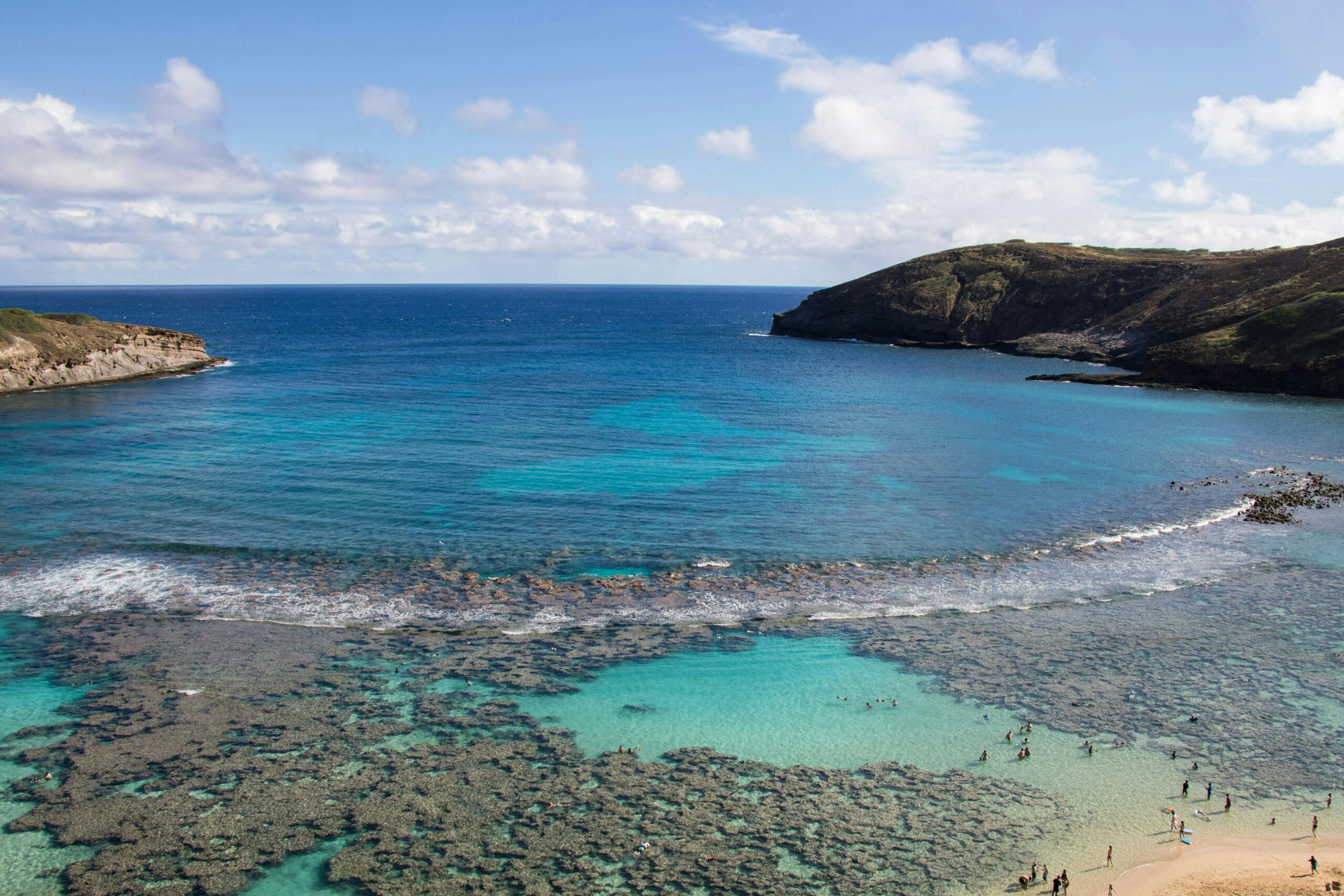
Hanauma Bay, one of Hawaii’s most famous snorkeling spots, has suffered greatly from human impact. Millions of tourists have flocked to its waters, unknowingly contributing to the destruction of the coral reefs beneath the surface. Sunscreen pollution, trampling, and overuse have left the reefs fragile and struggling to recover. While Hawaii has implemented stricter protections, including daily visitor limits and a ban on harmful sunscreens, the damage has already been done.
Climate change has only made things worse. Coral bleaching events have hit Hanauma Bay hard, turning once-vibrant corals into ghostly white remnants of their former selves. Without healthy reefs, fish populations decline, and the entire ecosystem becomes unstable. Conservation efforts are underway, but without long-term changes in how humans interact with this ecosystem, the future of Hanauma Bay’s coral remains uncertain.
8. Gray’s Reef, Georgia – An Underwater Battlefield
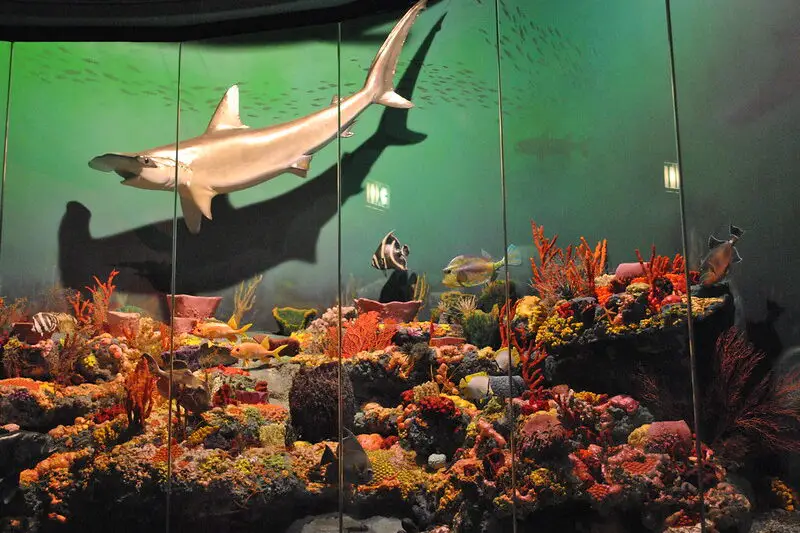
Gray’s Reef National Marine Sanctuary off the coast of Georgia is a lesser-known reef system, but it’s facing a fight for survival. While it doesn’t have the same level of tourism pressure as places like Florida and Hawaii, it’s struggling with a different problem: pollution. Agricultural runoff from farms and industries along the coast has led to nutrient overloads, fueling harmful algal blooms that suffocate coral and deplete oxygen in the water.
Warming waters are also taking their toll, making it harder for corals to recover from damage. As hurricanes grow stronger due to climate change, the reef faces even more physical destruction. Despite being a protected area, Gray’s Reef is proof that no reef is truly safe from the impact of human activity. Without drastic action, its future looks bleak.
9. The Flower Garden Banks
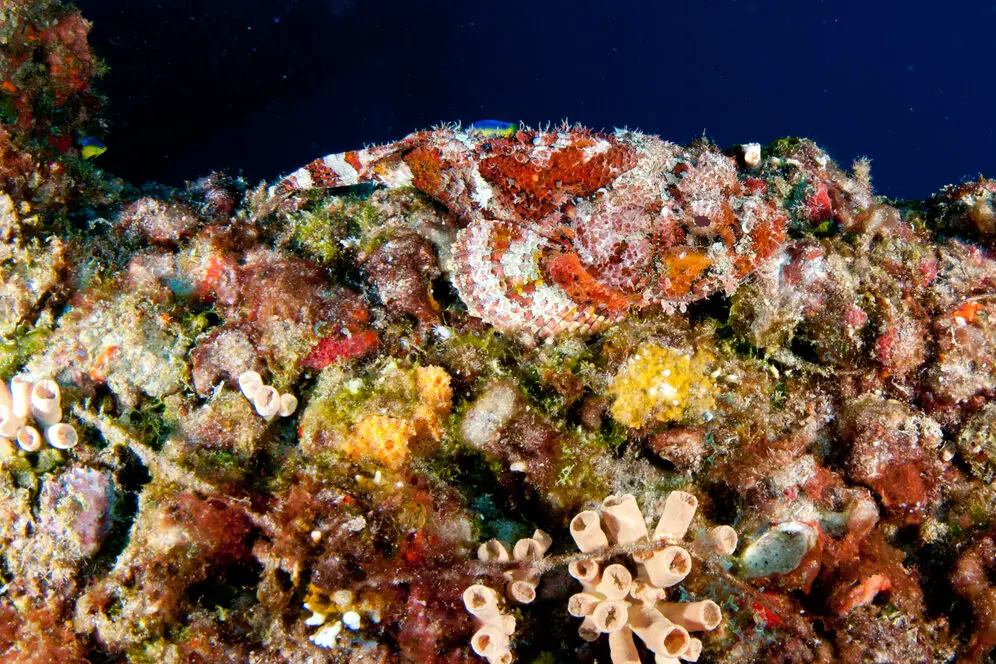
Yes, the Flower Garden Banks made it onto our list of pristine reefs—but that doesn’t mean they’re completely safe. While these deep-sea reefs have held out longer than others, they’re starting to show signs of stress. Coral bleaching events have become more frequent, and scientists have discovered mysterious coral diseases spreading in the area.
Even worse, oil drilling in the Gulf of Mexico poses a looming threat. A major spill or accident could be catastrophic for these reefs, wiping out one of the last strongholds of healthy coral in U.S. waters. Conservationists are pushing for stronger protections, but with increasing environmental pressures, the battle is far from over.
10. The Channel Islands, California – A Losing Battle
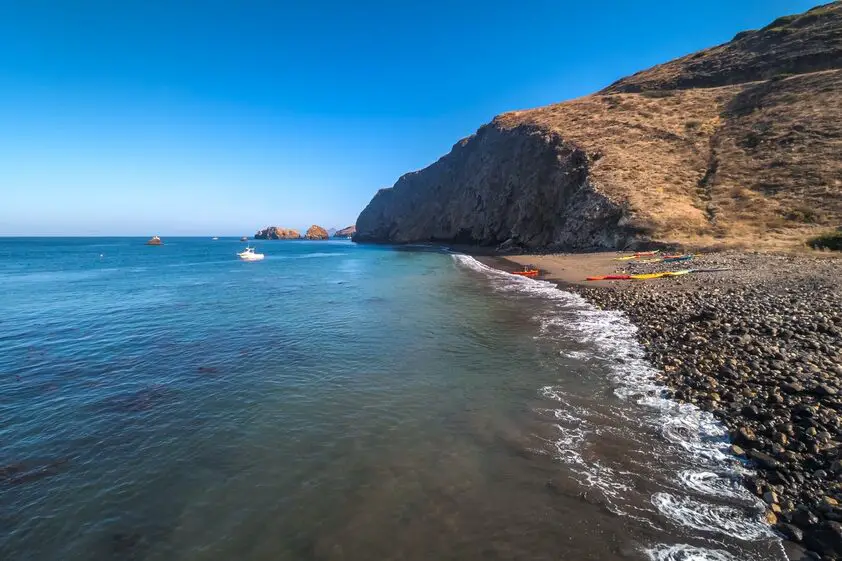
The Channel Islands off the coast of California are home to unique cold-water coral ecosystems, but they’re disappearing fast. Unlike tropical corals, these deep-sea corals grow slowly and can take centuries to recover from damage. Overfishing, deep-sea trawling, and ocean acidification have put them at extreme risk.
Because these reefs exist in deeper waters, they don’t get as much public attention as their tropical counterparts. But their loss is just as devastating. These corals provide critical habitat for marine life, and as they vanish, entire food chains are collapsing. Scientists are pushing for more marine protected areas, but without significant changes in ocean policy, these reefs may not survive the coming decades.
11. Biscayne National Park, Florida – A Fading Beauty
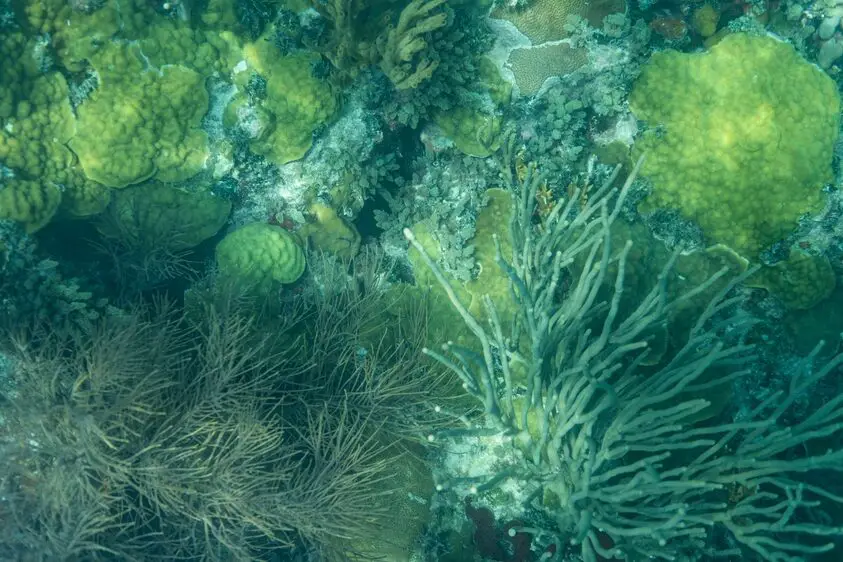
Biscayne National Park, just off the coast of Miami, is home to some of the most accessible coral reefs in the U.S. But that accessibility has come at a cost. Pollution from Miami’s booming population, boat damage, and overfishing have left the reefs struggling to survive. Large portions have already succumbed to coral bleaching, and the outlook isn’t promising.
Marine conservationists are working hard to restore the reefs, but with climate change accelerating, it’s an uphill battle. Rising sea levels and stronger hurricanes make it even harder for the ecosystem to recover. Without a dramatic shift in how we protect our oceans, Biscayne’s coral reefs may soon be gone for good.
12. The Keys’ Reefs – A Grim Future
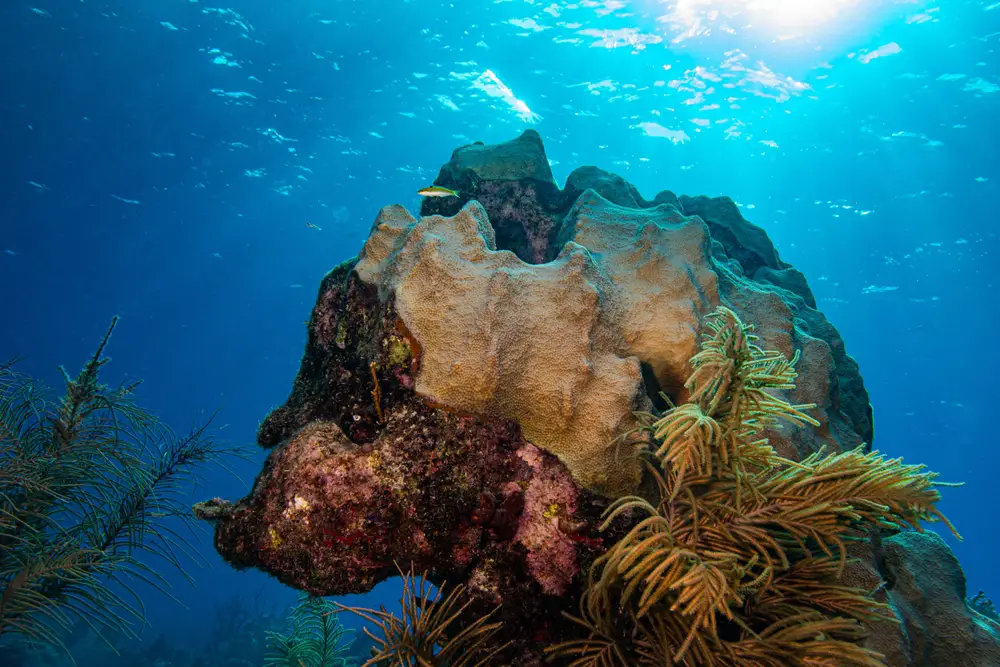
The coral reefs surrounding the Florida Keys were once some of the most biodiverse in the world. Now, they are among the most endangered. Years of overfishing, pollution, and unchecked tourism have taken their toll. Coral disease outbreaks have swept through the region, wiping out entire reef structures in a matter of years.
In response, conservationists have launched large-scale reef restoration projects, hoping to bring these reefs back to life. Coral nurseries, artificial reefs, and breeding programs are underway, but success is far from guaranteed. As ocean temperatures continue to rise, the question remains: can we save the Florida Keys’ reefs before it’s too late?
13. The Gulf of Mexico’s Coastal Reefs
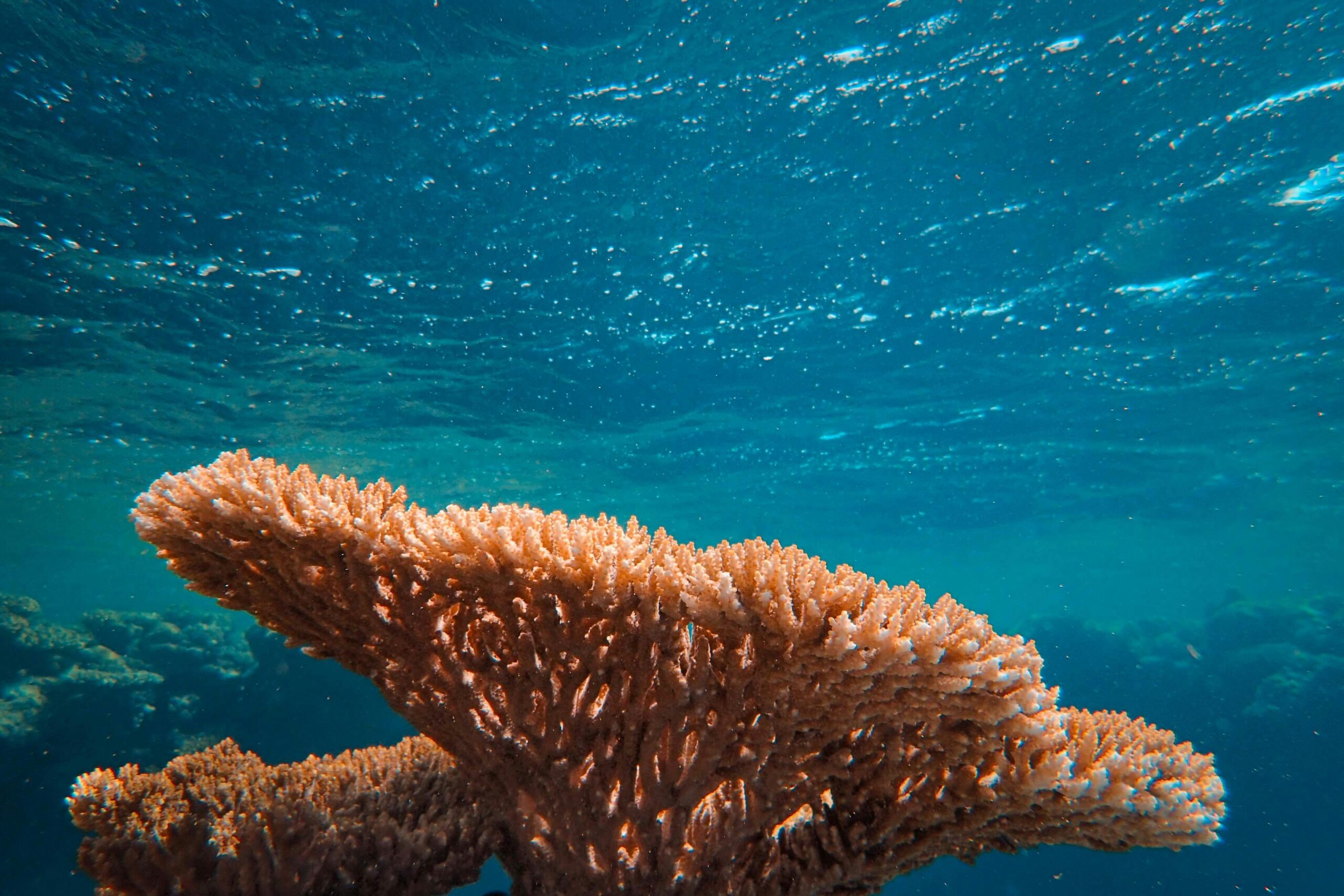
The Gulf of Mexico is home to several lesser-known coral reef systems, but many of them are in critical condition. Heavy pollution from industrial runoff, oil spills, and warming waters have devastated coral populations. Unlike Florida’s more famous reefs, these ecosystems don’t get as much attention, making conservation efforts even more difficult.
One of the biggest threats to Gulf reefs is ocean acidification. As carbon dioxide levels rise, the water becomes more acidic, weakening coral skeletons and making it harder for reefs to grow. Without urgent action, many of these reefs could vanish before most people even realize they exist.
14. American Samoa’s Reefs – A Last Stand
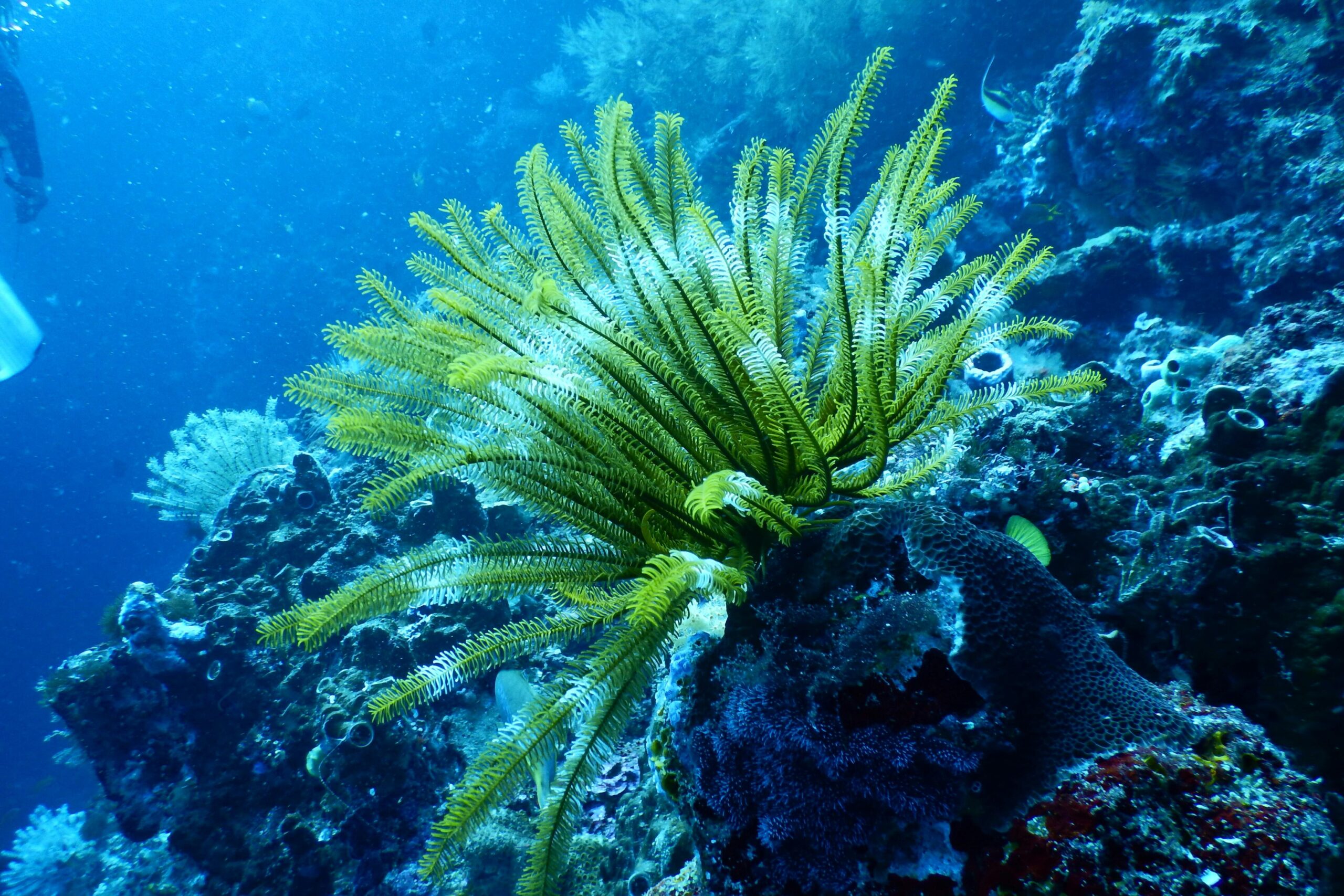
American Samoa is home to some of the last thriving reefs in U.S. waters, but they’re under siege. Rising ocean temperatures have led to mass coral bleaching events, and the reefs have been struggling to recover. Even remote locations like these aren’t immune to climate change.
Despite these challenges, American Samoa’s reefs still have a fighting chance. Strict conservation measures and local community efforts have helped slow the decline. But with the ocean warming at an alarming rate, their survival is far from guaranteed.
15. The Northwestern Hawaiian Islands – A Disappearing Wonderland
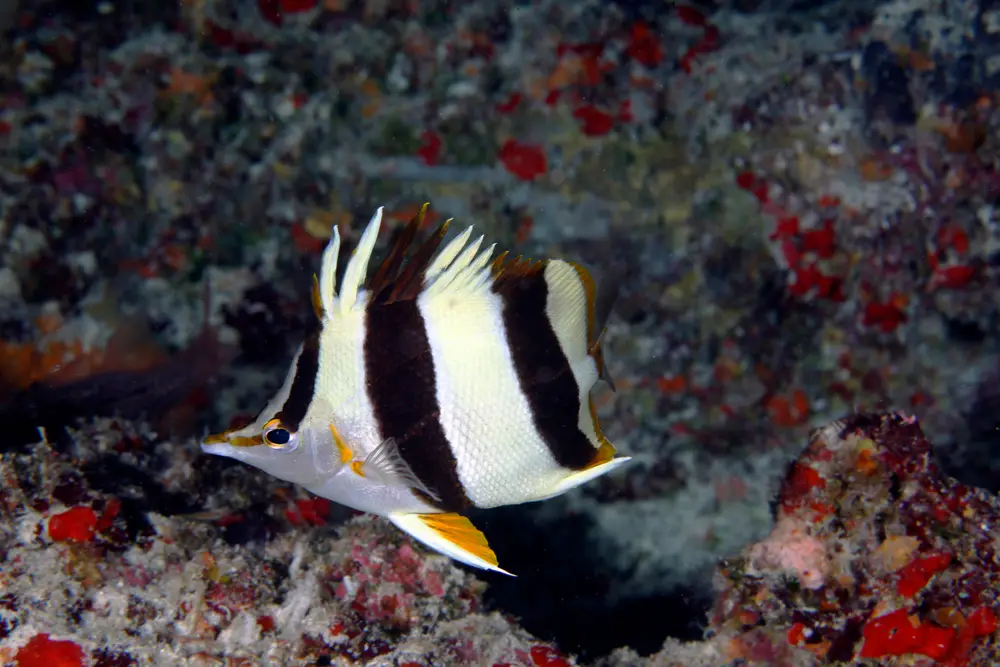
The coral reefs in the Northwestern Hawaiian Islands are some of the most remote in the U.S., but that hasn’t saved them from the effects of climate change. Rising sea levels, warming waters, and powerful storms have put these reefs at extreme risk. Because they’re so isolated, restoration efforts are difficult, and once damage is done, recovery is slow.
If there’s any hope for these reefs, it lies in large-scale conservation efforts. The area is already heavily protected, but climate change doesn’t recognize boundaries. Unless global efforts to reduce carbon emissions succeed, these reefs could be lost within a generation.


